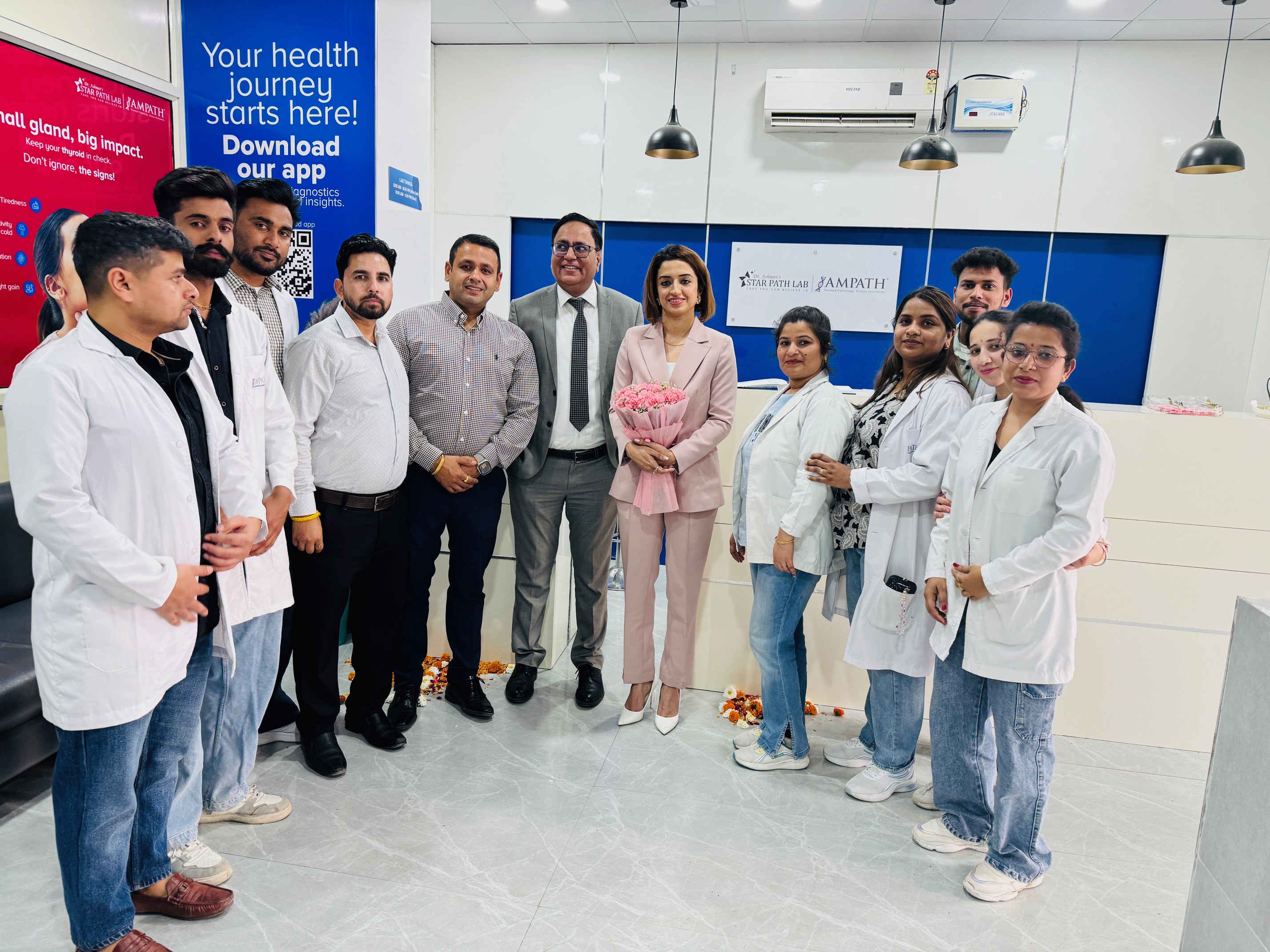DRDO has established a COVID-19 testing facility at the Leh based laboratory Defence Institute of High Altitude Research (DIHAR) to enhance the rate of testing to identify the Corona cases in the Union Territory of Ladakh. The testing facility will also help in keeping close watch of the infected persons. The facility meets the safety standards and guidelines of the Indian Council of Medical Research (ICMR). The center was inaugurated by Lieutenant Governor of Ladakh, Shri R K Mathur on 22nd July 2020.
The testing facility at DIHAR is capable of screening 50 samples per day. The facility can also be utilized for training manpower for COVID testing and will be of great help to address future bio-threats and carrying out R&D activities pertinent to agro-animals diseases.
In his address, LG Shri R K Mathur lauded the efforts of DRDO in fighting COVID 19 and thanked Dr. G Satheesh Reddy, Secretary, Department of Defence R&D & Chairman DRDO for making this facility available at DIHAR. He expressed hope that the facility will help in the treatment of infected persons.
The Lieutenant Governor also inspected the testing facility. He was briefed about the bio-safety aspect of the testing facility and precautionary measures to minimize cross-contamination and safety of researchers, health professionals and the environment.
Dr. O P Chaurasia Director DIHAR, Brig J B Singh Commandant, Dr. Padma Gurmet Director NRISR, Leh, Dr. Mutup Dorjey CMO along with his team of doctors from SNM Hospital, Leh and other senior army officials and DRDO scientists were present on the occasion.
DIHAR is one of the life sciences laboratories of DRDO working on cold arid agro-animal technologies. The laboratory is screening and identifying the medicinal and aromatic plants to exploit them for use for defense purposes and also on greenhouse technologies for high altitude and cold desert areas.
Meanwhile, for the second day in a row, recoveries in a single day continue to post significant rise. The last 24 hours saw the highest ever single-day number of patients cured and discharged i.e. 29,557. While the total number of recovered cases has jumped to 7,82,606, there has been appreciable growth in the recovery rate, which stands at 63.18%. A higher number of patients getting cured and discharged has contributed to an increasing gap between recovered and total active cases. It is pegged at 3,56,439 today.
This accomplishment can be attributed to the Union Government led COVID-19 management strategies. Sustained efforts by the Center and State/UTs are resulting in more effective containment, aggressive testing, and prompt and efficient clinical treatment strategies. These are guided by the teams of domain experts in the Ministry of Health & Family Welfare such as the Joint Monitoring Group (JMG) and ably complemented by the technical experts at AIIMS, New Delhi, Centres of Excellence in various States/UTs, ICMR and NCDC. The Union Government continues to coordinate with the efforts of the State/UTs by sending Central teams of experts to areas witnessing an increase in caseload and handholding of COVID hospitals in States through the teleconsultation program led by AIIMS, New Delhi. These combined efforts have resulted in Case Fatality Rate being managed at low levels. It is 2.41%, as on date, and steadily declining.
This has also helped in reducing the actual caseload of COVID-19 cases which remains confined to 4,26,167 Active patients only

 DRDO has established a testing lab at Leh to enhance the rate of testing to identify the Corona cases in the Union Territory of Ladakh
DRDO has established a testing lab at Leh to enhance the rate of testing to identify the Corona cases in the Union Territory of Ladakh










.jpeg)



.jpeg)

.jpg)





.png)





.jpg)
